April 14, 2025 | 19:21 GMT +7
April 14, 2025 | 19:21 GMT +7
Hotline: 0913.378.918
April 14, 2025 | 19:21 GMT +7
Hotline: 0913.378.918
The Ministry of Industry and Trade, in collaboration with the Ministry of Agriculture and Rural Development and Can Tho City People's Committee, recently organized a conference to evaluate the results of rice export activities in 2023 and the first quarter of 2024, and strategize the development trajectory of rice exports in the near future. The event was held in Can Tho city on April 26.
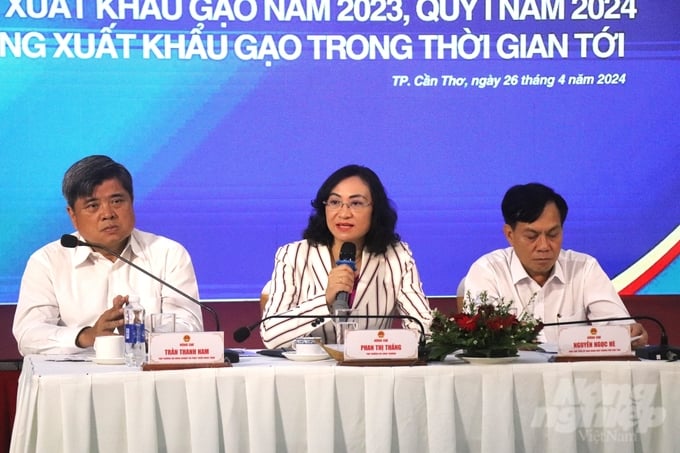
Deputy Minister of Industry and Trade Phan Thi Thang led the discussions at the conference to evaluate the results of rice export activities in 2023 and the first quarter of 2024, and strategize the development trajectory of rice exports in the near future. Photo: Kim Anh.
According to the General Department of Customs, Vietnam exported 8.13 million tons of rice for a total value of 4.67 billion USD in 2023. These figures represent an increase of 14.4% in volume and 35.3% in value compared to the same period in 2022. Additionally, the average export price of rice reached 575 USD per ton, marking an increase of 18.26% from the 2022 average.
By the end of the first quarter in 2024, Vietnam's rice exports continued their upward trajectory, with an increase of 17.6% in volume and an increase of 45.5% in value compared to the first quarter of 2023. Accordingly, export volume reached over 2.18 million tons for a total value of 1.43 billion USD, with an average price of 653.9 USD per ton.
Mr. Nguyen Anh Son, General Director of the Agency of Foreign Trade under the Ministry of Industry and Trade, assessed that Vietnam's rice exports in the first quarter of 2024 continued to dominate key markets with significant demand for production.
Notably, rice exports to the Philippines market, which amounted to 1 million tons, accounted for 46.4% of the total export volume and 45.5% of the total export value.
Rice exports to the Indonesian market follows a close second with a total export volume of 445,326 tons. Accordingly, rice exports to this market increased by nearly 200% in volume, 308.8% in value, and a 36.4% in price compared to the same period in 2023.
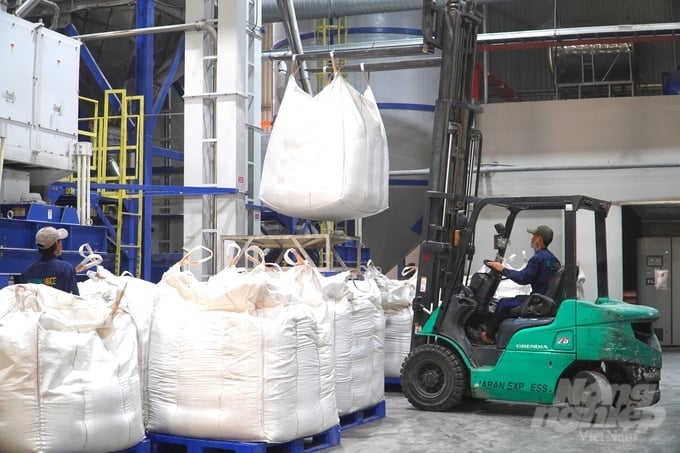
At the end of the first quarter of 2024, Vietnam's rice exports continued to surge, with a 17.6% increase in volume and a 45.5% increase in export value compared to the first quarter of 2023, reaching over 2.18 million tons. Photo: Kim Anh.
Rice exports to the Malaysian market, which totalled 98,917 tons, also a 28.8% increase in volume, a 60.6% increase in export value, and a 24.7% increase in price compared to the first quarter of 2023.
With regards to the state of the global rice market in 2024, Mr. Son noted that the global rice yield for the 2023-2024 crop is expected to reach nearly 518 million tons. However, total consumption is projected to reach at least 525 million tons, indicating a global shortage of approximately 7 million tons of rice this year.
The Vietnam Food Association (VFA) estimates that by the first week of April 2024, there were approximately 3 million tons of winter-spring commodity paddy globally, which is equivalent to 2 million tons of rice.
Additionally, there are over 430 thousand hectares of unharvested rice area worldwide. Approximately 440 thousand out of the planned 1.48 million hectares have been sown with the 2024 summer-autumn rice crop, representing 30% of the target. Harvesting of the winter-spring rice crop for 2023–2024 is scheduled to begin in mid–April 2024. Despite ongoing harvesting activities around the world, the demand for rice to fulfill international orders remains strong, contributing to stable domestic prices.
On the other hand, an assessment from the United States Department of Agriculture (USDA) projected that the global rice supply will diminish in the near future. India's rice yield, which account for 40% of the global total, is anticipated to drop by 4 million tons compared to the preceding harvest, reaching 132 million tons.
A decline in rice yield has also been forecast for other markets, including the Philippines, Indonesia, Thailand, and Cambodia, as a result of El Nino and climate change.
According to Mr. Son, the global decline in rice supply also presents an opportunity for rice-exporting countries, including Vietnam.
Deputy Minister of Agriculture and Rural Development Tran Thanh Nam stated that Vietnam is planning to export at least 7.4 million tons of rice in 2024. Among this total, approximately 4.38 million tons of commodity rice are projected for export in the first half of 2024, and over 3 million tons in the second half of the year.
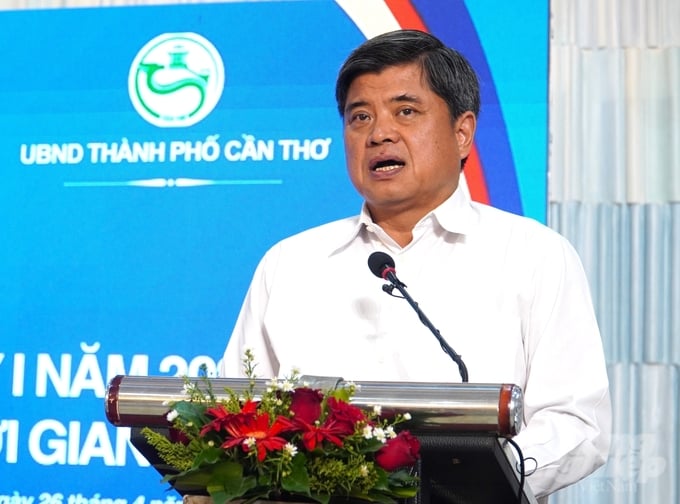
According to Deputy Minister of Agriculture and Rural Development Tran Thanh Nam, Vietnam is planning to export at least 7.4 million tons of rice in 2024. Photo: Kim Anh.
Deputy Minister Nam affirmed that the Vietnam's current paddy yield has reached nearly 43 million tons, which is equivalent to 20 million tons of rice. Accordingly, this figure can meet domestic consumption needs, ensure national food security, and serve export purposes.
Deputy Minister Nam outlined two outstanding issues in Vietnam's rice production chain. Firstly, farmers face uncertainty regarding market outlets for their produce. Secondly, paddy purchasing businesses encounter difficulties in determining optimal timing for contract agreements, and identifying reliable sources of raw materials. Accordingly, the reliance on intermediary procurement channels can lead increased costs.
"We have reported to the Ministry of Industry and Trade and local governments regarding the volume of rice yield for each season; however, there is a lack of precise information. As a result, businesses are unaware of the total rice yield when signing contracts," Deputy Minister Nam raised his concern.

Vietnam's paddy yield currently stands at approximately 43 million tons, which is equivalent to 20 million tons of rice. Photo: Kim Anh.
Deputy Minister Nam proposed to the Ministry of Industry and Trade that, prior to each crop, relevant agencies from both ministries, along with the Vietnam Food Association and the Vietnam Association of Rice Exporters and Producers, should coordinate efforts to agree on implementation plans. Subsequently, these plans should be communicated to businesses to encourage their participation, fostering close collaboration between production and consumption.
Mr. Bui Ba Bong, Chairman of the Vietnam Association of Rice Exporters and Producers (VIETRISA), made three recommendations during this conference.
Firstly, government ministries and agencies should provide stronger support to businesses, associations, and local governments in promoting, disseminating information, and advertising Vietnamese rice on a global scale. This initiative contributes to enhancing the image of Vietnamese rice with the slogan: "Vietnamese Rice, Green Rice - Healthy Living."
Secondly, businesses should focus on developing raw material areas to ensure the quality of rice, and meet market demands, which will also promote the sustainable development of said businesses.
Thirdly, provinces and cities in the Mekong Delta region must spearhead the establishment of raw material areas. Additionally, they are responsible for developing cooperatives, connecting farmers as intermediaries, marketing, and attracting the involvement of businesses in their local raw material areas.
Translated by Nguyen Hai Long
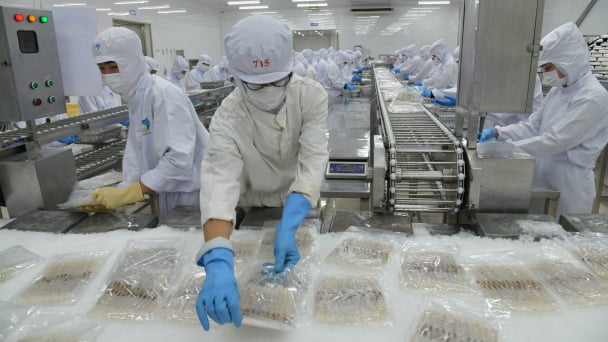
(VAN) This represents the most significant growth in the first quarter in the past four years. From January to March 2025, the export turnover of AFF products was 15.72 billion USD.
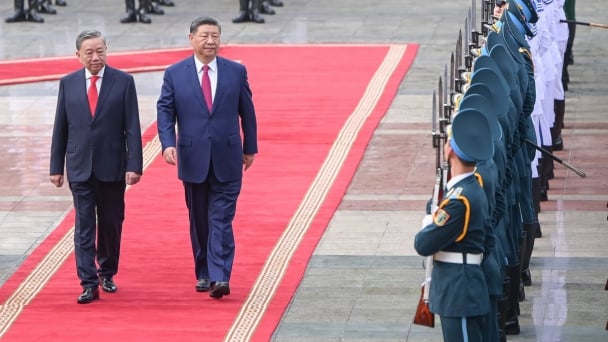
(VAN) On April 14, at the Presidential Palace, Vietnam General Secretary To Lam chaired the welcoming ceremony for General Secretary and President of China Xi Jinping, who is on a two-day state visit.
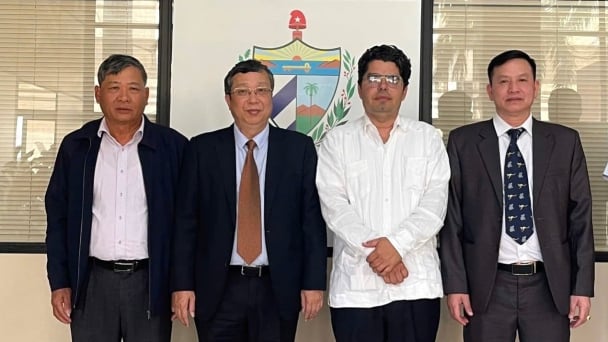
(VAN) The Vietnam-Cuba technical cooperation project to develop rice production phase 5 (2019-2025) has supported Cuba in improving varieties, increasing rice yield and quality.
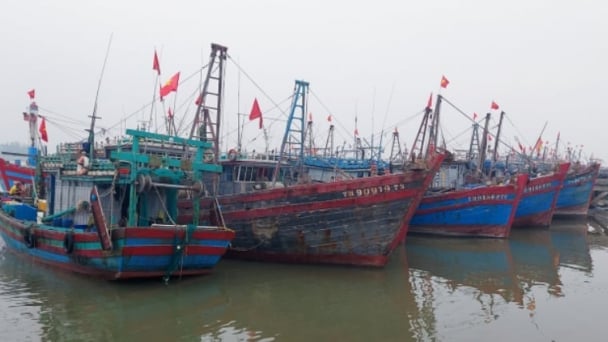
(VAN) The Deputy Minister of Agriculture and Environment underscored the necessity of addressing IUU fishing at the grassroots level and linking it to the accountability of local authorities.

(VAN) According to Deputy Prime Minister Bui Thanh Son, through this P4G Summit, Vietnam aims to convey the message of transforming its growth model towards rapid and sustainable development.
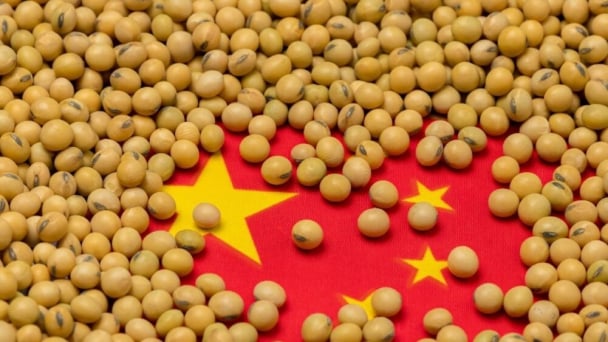
(VAN) Soybean production has been a priority for China to ensure food security, with increased soybean cultivation and yields highlighted in the annual No. 1 Central document.
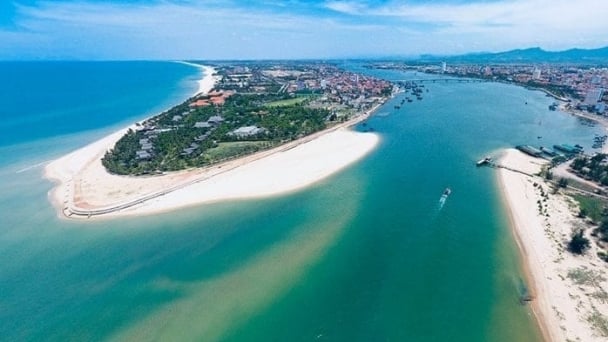
(VAN) Vietnam Sea and Islands Week 2025 is expected to take place in Quang Binh, featuring a series of meaningful activities aimed at protecting the ocean through green technology solutions.